Geometric Moon Terrarium Projects: close and open
- Lea

- Mar 25
- 4 min read
Updated: Nov 9
I have two versions of this geometric moon terrarium: close with door version and open without door version.
I put both of them in the same post to show you how plant perform differently in an open terrarium and close terrarium. So, you can better choose which type of container do you need.
First, this is the close terrarium.
to be simple, those close terrarium with moss, is a low-maintenance propagation station.
The building video of this terrarium is scheduled to be published (I will post link here too).
The plants in this terrarium are: maiden hair fern, Begonia and Pilea. You have never seen such Pilea selling, right? That is because they are freshly cut small branches. When you watch the building video you will realize they have no roots at all.
You may wonder can they survive? The answer is yes. Today, 2 weeks since I build this terrarium, those Pilea have rooted a lot! I just take an update short clip when I am writing this post (on 2025-03-25).
In a close terrarium, there is no need to worry if the plants are well covered or something else. And in the moist environment, they keep what they look like and even better. Take the maiden hair fern for example, I peeled it from a brick wall. If planted normally, here is what will happen: the leaves turn brown and die, days later, new fresh leaves grow out. if the air is too dry for them, new leaves die too but fern is a not-easy-to-die plants, they will always grow back to condition in suitable environment. It is just in most cases, in most of time, you cannot see the beauty of its leaves. In a close terrarium, that is not a problem. It leaves keep growing even its roots are damaged.
I did lots of close terrarium projects for recently I keep moss a lot. And when I planted the open version, I forgot I should bury the roots carefully.
To be continued.

Building video:
update, 2 weeks later:
please note: you do not need to use those mini planters. Plant directly. I use them to keep moist and let the moss grow but in an open terrarium, water evaporates fast and it is totally useless.
It needs watering a lot. For the above close terrarium, the water frequency is once a week and this open one, I need to water it every one or two days. For both terrariums, spraying is the only recommended watering method.
The plants: Begonia, Saxifraga, fittonia
Please treat the plants gently, especially for Saxifraga otherwise you will break the stem. Don’t ask me why. You know how I know it.
Close geometric moon projects two: a Little “Alien Planet” on My Desk
At the base, I used small red volcanic gravel for drainage and contrast.Above that sit two larger red volcanic rocks, each drilled with holes for planting.
If you prefer a subtler look, try black lava rocks — the dark tone pairs beautifully with green foliage, creating a classic, elegant style.The red ones, on the other hand, give off a striking, otherworldly vibe — like a tiny alien landscape trapped in glass.
You might notice the rocks look brighter than usual here.That’s because volcanic rock deepens in color when wet — the moisture brings out those rich, saturated tones. Once dry, they fade back to a muted gray.
Structure & Planting
The main structure is built around a piece of driftwood root, placed inside this geometric glass “moon globe.”Because of its faceted shape, the root fits securely across multiple angles —it’s actually suspended, floating slightly above the base without touching the ground.
At the root’s center, I applied red clay, which is naturally sticky and perfect for holding a Begonia cutting in place — no extra tools or supports needed.I then surrounded it with Leucobryum moss (cushion moss), pressed gently into the clay.It clings easily and stays lush in the humid environment.
Red clay works wonderfully in setups like this — non-toxic, easy to use (just knead it into mud), and extremely practical.
The Supporting Cast
The two Fittonias (nerve plants) came from a single pot — you don’t need to use the whole pot (there are usually many small ones in a pot) .I wrapped their roots in dry moss (the moss for keeping orchid) and tucked them into the drilled holes of the lava rock.
This terrarium is surprisingly low-maintenance — it even survived my one-week vacation without any care.When I got back, everything was still thriving, and the Begonia had already started sprouting new leaves.I’ll share some follow-up photos and videos soon.
Care Tips
For tropical plants like these, humidity is everything.Always spray water instead of pouring it in.A small mist bottle, cosmetic sprayer, or mini humidifier works perfectly —but never use a watering can to dump water directly inside.
About the Moss
This setup also shows the best way to grow Leucobryum moss.In the wild, I often find it thriving on moist slopes or even clinging to tree trunks —it loves humid, tilted, or vertical surfaces.In my terrariums, the moss that grows against the glass always looks the healthiest and most vibrant.
Leucobryum is also remarkably tough.You can press it lightly with your hand — it won’t mind.Even when I use a electric sprayer right up close, it stays perfectly fine.
Here is its building video:
updates:
a month later
















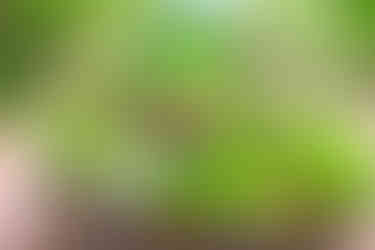















































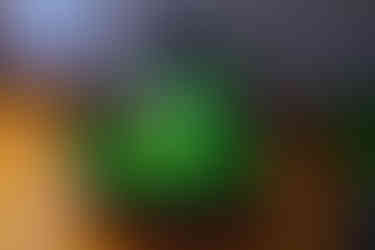









































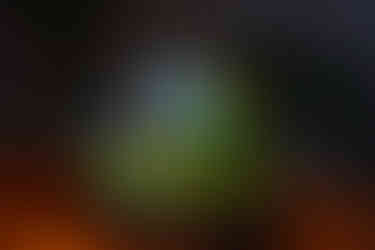












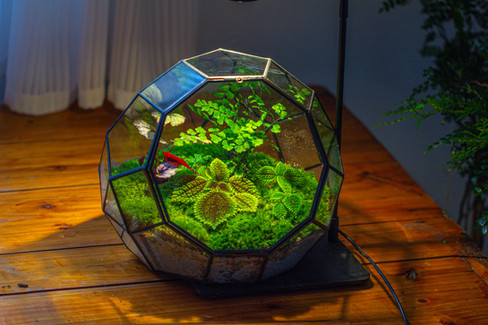


























































































































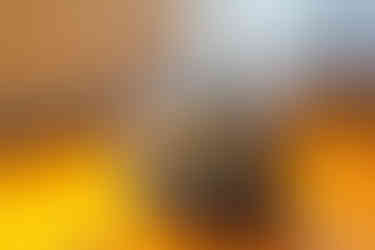


































































































Comments